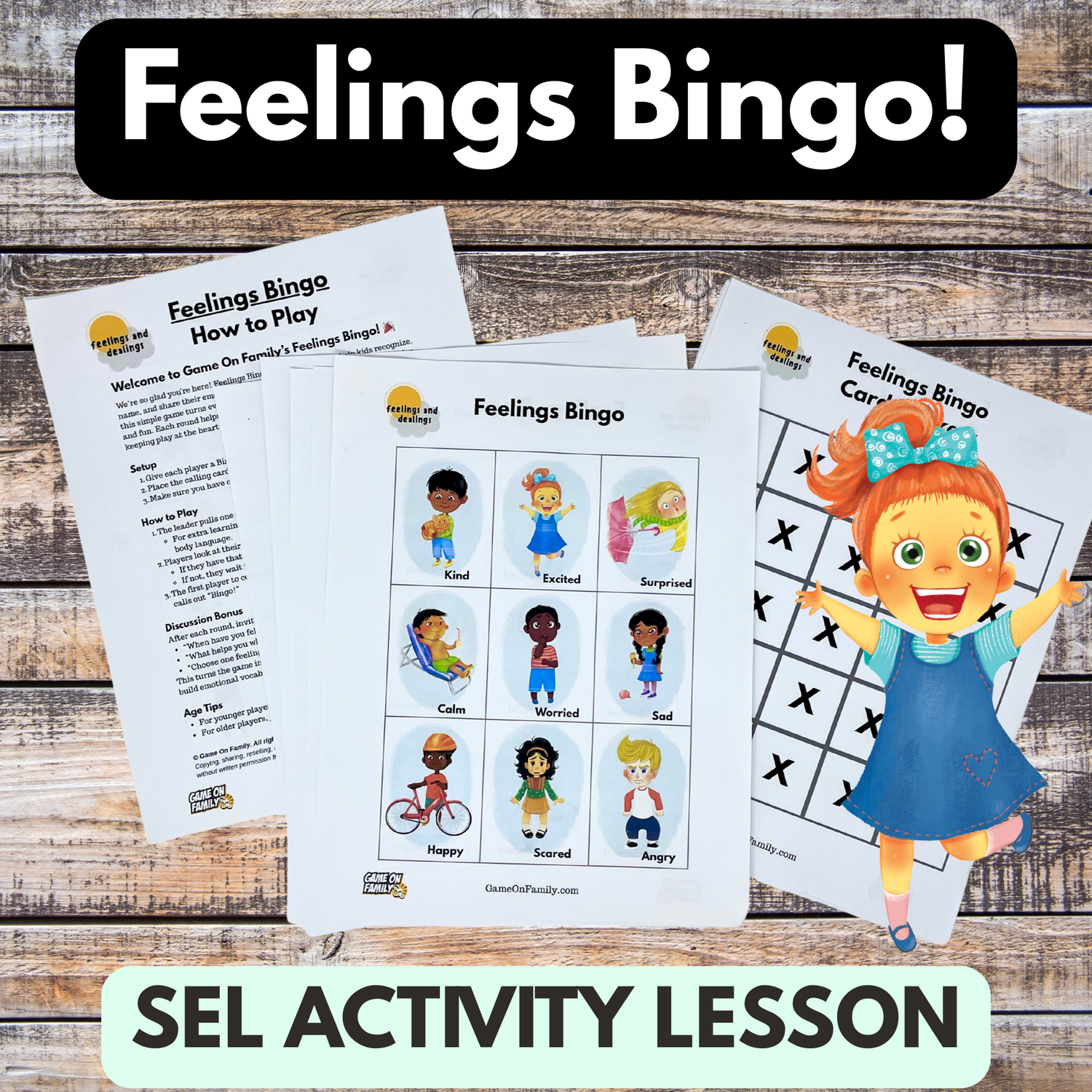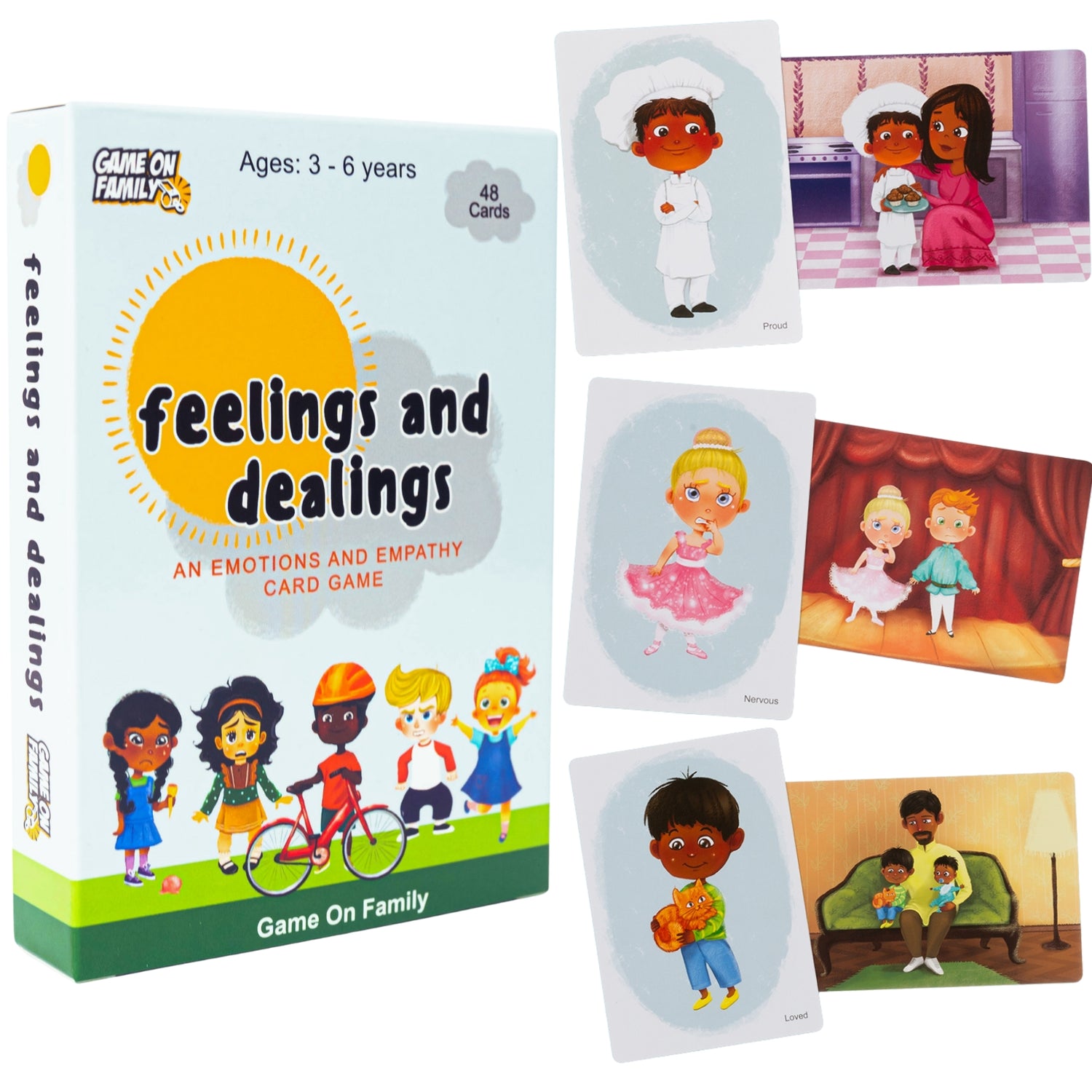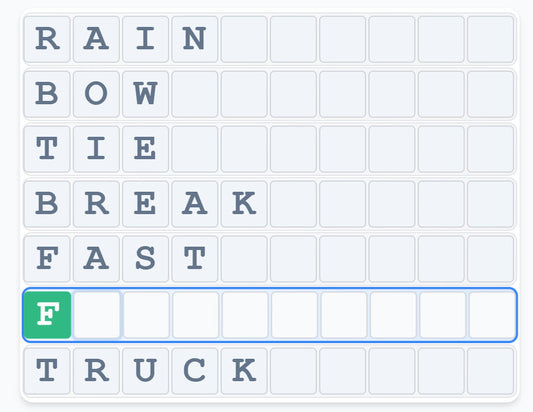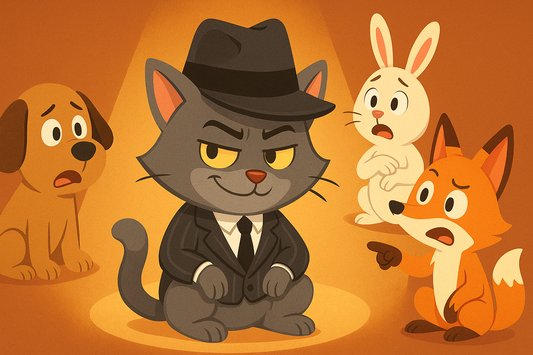
I Spy Rules and How to Play – Complete Guide for Families
Share
I Spy is one of the simplest — and most beloved — guessing games in the world. One player secretly picks an object in sight and gives the classic clue: “I spy with my little eye, something…” followed by a hint (usually a color or letter). The others take turns guessing until someone gets it right.
I played this game with my kids all the time on road trips, especially when they were little. It’s perfect because you don’t need anything but your eyes and a bit of imagination.
Objective
To correctly guess the object chosen by the “spy” using only the clues given. The fun comes from how creative (or tricky!) the spy can be, and how observant the guessers are.
Age Range
Ages 3 and up. Young kids can stick to simple colors or shapes, while older players can use harder clues like starting letters or subtle details.
Game Length
5–15 minutes per round, but you can play for as long as you like — it’s a great filler game for road trips, waiting rooms, or anywhere kids get restless.
Why We Like It for Kids and Families
- No materials required — play it anytime, anywhere.
- Perfect for road trips, classrooms, or even at the dinner table.
- Scales with age: easy for preschoolers, still fun for teens and adults.
- Sharpens observation and listening skills while keeping kids entertained.
Skills Developed
- Observation and attention to detail
- Deductive reasoning
- Listening skills
- Social turn-taking and patience
How to Play I Spy in 5 Steps
Step 1: Gather at least one other player
You need at least two players, but it works well with larger groups (especially in the car).
Step 2: Choose the spy
Pick one player to be the spy, who secretly selects an object in view. You can choose randomly, by volunteering, or use fun methods like Rock–Paper–Scissors, shortest straw, or “the last person who spotted a red car.” Roles rotate each round.
Step 3: Give the first clue
The spy announces: “I spy with my little eye, something [color/letter/feature]…”
Example: “I spy with my little eye, something green.”
Step 4: Guess the object
Players take turns guessing the object. The spy answers “Yes” or “No.” Guesses continue until someone is correct.
Step 5: Continue playing
Whoever guesses correctly becomes the next spy. The game continues as long as you’d like.
Rules
- The spy must choose something visible to everyone (no hidden objects).
- Only yes/no responses are allowed.
- Guessers can keep making new guesses after hearing “No.”
- No pointing directly at the object until you’re ready to make a guess.
Variations
- Alphabet I Spy: Instead of colors, the spy uses the first letter of the word (“I spy something beginning with S…”).
- Road Trip Version: Perfect for cars — choose objects outside like signs, cars, or animals.
- Timed Rounds: If no one guesses within a set time (like 2 minutes), the spy wins the round.
- Collaborative Play: Instead of competing, work together as a group to solve the spy’s clue.
- Book Versions: Try “I Spy” books or Where’s Waldo for a ready-made twist on the game.
Strategies
- Start with broad clues (like color) and narrow them down.
- Spies should pick objects that are clear but not too obvious.
- Guessers should scan the whole area, not just near themselves.
- For young kids, encourage silly or funny clues to keep it lighthearted.
FAQs
Q: What if two people shout the same word at the same time?
A: The driver (or a neutral person) decides who was first. If it’s too close to call, let both players count it and move on.
Q: Can proper nouns count (like names of stores or cities)?
A: Yes! Proper nouns like “Walmart” or “Nevada” are fair game — they make the game more fun.
Q: What if we get stuck on a letter?
A: You can set a time limit (e.g., 5 minutes). If no one finds it, everyone moves on to the next letter.
Q: Is it fair to use license plates?
A: Yes, unless the group agrees otherwise. Plates are often the only way to find tough letters like Q or X.
Q: What is the origin of the I Spy game?
A: The game is believed to have developed in the 20th century as a less physical version of hide-and-seek, turning observation into a sit-down guessing challenge.
Q: What are some other names or formats of I Spy?
A: The concept shows up in many forms — spoken car games, children’s books (I Spy series, Where’s Waldo), and classroom icebreakers.
Skills & Strengths Tie-In
I Spy builds more than laughs:
- Observation practice — sharpens kids’ ability to notice details.
- Listening skills — paying attention to subtle clues.
- Social play — builds patience and turn-taking.
It’s a timeless favorite that works for toddlers, teens, and even adults on long trips.







